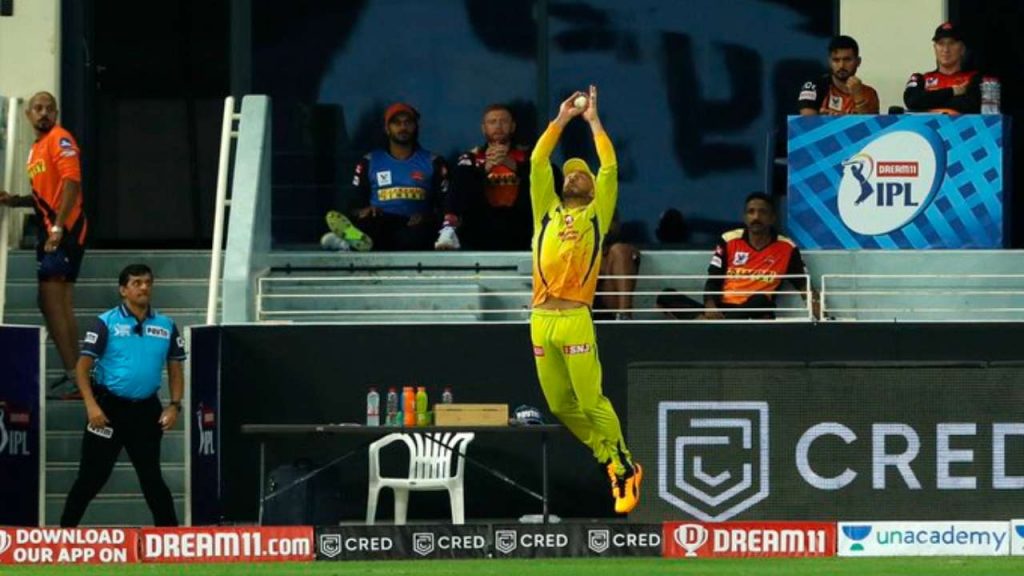
In cricket, the eleven players on the field are known as fielding positions. In a game of cricket, these fielders must be placed within 15 yards of the batsman. They are also specialized in catching the ball and have a lower emphasis on run-saving. There are five different fielding positions in a team. Here's a look at each position. Read on to learn about the roles of the eleven players in a team.
The nine fielding positions are named for their relative distance from the batsman and the angle of the pitch. They have strategic significance for the bowler and the batsman. There is a certain position that is known as the straight hit. The straight fielder plays the opposite side of the wicket. This position is often used when the bowler is bowling fast. The bowler will be able to get more swing with the ball if it is new.
The eleven fielding positions are named after different regions of the field. The long/deep-x position is located behind the square on the batsman's leg side. The fielder should be positioned near enough to a single or a fly ball. The short/short fine leg fielder sits behind the square and is often referred to as a short fine leg fielder. During a game of cricket, the fielder should be at a 45-degree angle from the hitter.
The long leg fielder sits behind the square. The goal of the long leg fielder is to bridge the gap between deep fine leg and deep square leg. In order to do this, a fielder must be able to defend a hard hit. As a sixth hitter, you should consider playing at the Deep Midwicket position. The deep midwicket position, along with Long-on, is very useful in preventing any kind of pull shot.
The silly point fielder is the fan's favorite in a cricket game. This position is in close proximity to the batsman and can be hit with a full-blooded shot. It is vital to have the right equipment for this position. In cricket, the silly pointer's role is to block the ball from reaching the batsman's legs. As a result, it is important to wear protective gear and not get hit with the ball.
In a cricket game, the fielders in the inner ring are the main players protecting the boundary regions. They are the long-off fielder and the short-on player are the two toss fielders. The outfielder's job is to be as far away from the batter as possible. The long-off fielder is the last one on the pitch. He can be as close as 30 yards away from the batter as necessary.
The inner ring fielder is the most important player on the field. He is usually in close proximity to the batsman, and is typically 15 yards away from the batsman. In the outer ring, the third man is placed wide on the offside. In the outer ring, the third and long-off fielders are the second and third catchers. The first and last two catchers are the third and fourth men.
The slips fielder is the last position on the field. The slips fielder is located near the wicketkeeper and aims to catch the ball as it comes off the edge of the bat. These three positions are vital to the success of the team. If you want to be the best in cricket, you should know the importance of each one. You must understand the tasks of each player and the difference between them. Once you understand your job and your position, you will be the best at catching the ball.
The fielding positions are crucial in a game of cricket. The wicketkeeper is the most important player on the field, but all the other players are important as well. The wicketkeeper is responsible for keeping the wickets in good condition. He is the best fielder. He should also be close to the batsman. Moreover, he should have a strong arm. A good batsman should be able to defend his own wicket.
 Cricket NewsTips and TricksPrivacy PolicyTerms And Conditions
Cricket NewsTips and TricksPrivacy PolicyTerms And Conditions
